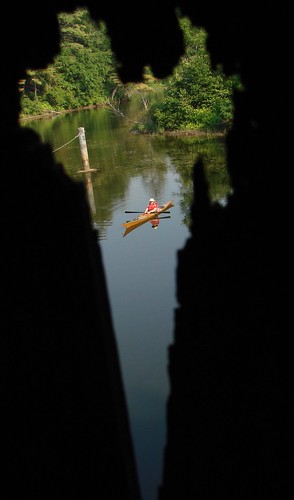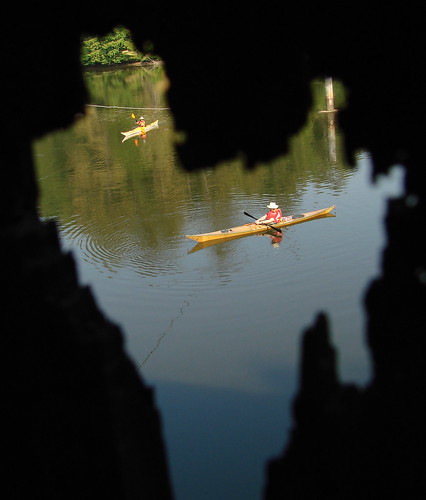Before you are scared off by CHDK, consider that it does NOT replace the firmware in your camera. Instead, it causes the Digic processor to boot off the chip and load additional firmware. Thus, you can remove the bootstrap code from the chip, or make the chip read-write (and thus not bootable) and you are back to your original firmware.
I have several things about it I really enjoy:
1. Live histograms
2. Battery life in 0-100%, instead of nothing, nothing, REPLACE BATTERY, shutoff and refuse to operate.
3. RAW / DNG format
4. Grid overlay on the LCD - nice for composing things using the rule of thirds, for example.
5. Variable bit rate movie mode
6. Zoom in or out while shooting in movie mode
7. Scripting - I can display my name and e-mail address during boot-up in case the camera is lost. There are many other scripts that you can write, download, or that come with the camera. I have not yet used the auto-bracket scripts, but they exist and since I do this often by hand, I can see some value in it (more if I brought a tripod, which I don't do when hiking.)
These are all things the stock firmware in the A570-IS does not allow.
Tim
p.s. Disclaimer - I am an engineer. I like technology. Your mileage may vary, etc.
I have several things about it I really enjoy:
1. Live histograms
2. Battery life in 0-100%, instead of nothing, nothing, REPLACE BATTERY, shutoff and refuse to operate.
3. RAW / DNG format
4. Grid overlay on the LCD - nice for composing things using the rule of thirds, for example.
5. Variable bit rate movie mode
6. Zoom in or out while shooting in movie mode
7. Scripting - I can display my name and e-mail address during boot-up in case the camera is lost. There are many other scripts that you can write, download, or that come with the camera. I have not yet used the auto-bracket scripts, but they exist and since I do this often by hand, I can see some value in it (more if I brought a tripod, which I don't do when hiking.)
These are all things the stock firmware in the A570-IS does not allow.
Tim
p.s. Disclaimer - I am an engineer. I like technology. Your mileage may vary, etc.


